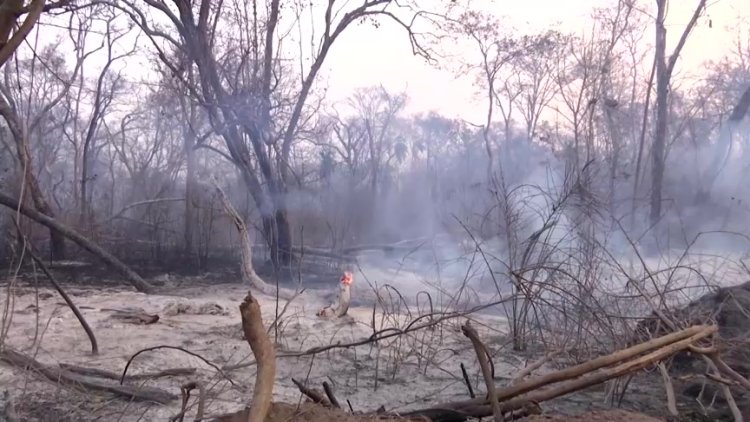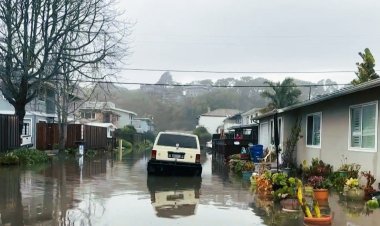Bolivia Faces Devastating Fires in Santa Cruz Region

In Bolivia's lowland region of Santa Cruz, farmer Mario Guasasi packed up his belongings this week, putting mattresses, food, and bed frames into a truck in a bid to escape rapidly approaching fires that are among the worst the country has seen.
The southern hemisphere nation has recorded the largest number of outbreaks of wildfires in 14 years, with 3 million hectares of land burned already this year and peak fire season still ahead.
"We are evacuating because of the fire," Guasasi said outside his home in Concepcion, on the edge of the Amazon rainforest and one of the worst affected areas of Bolivia.
Bolivia has registered 36,800 fire outbreaks so far this year, second only to a record year for blazes in 2010, according to satellite data from Brazil's space research agency Inpe, which monitors fires across the continent.
Yellow-suited firefighters have been trying to counter the blazes and evacuate villages as fires have torn through the landscape.
South America overall is bracing for an intense fire season that usually peaks in August and September before spring rains arrive. Unusually early and intense fires followed a drought that has dried out vegetation in much of the region.
In Bolivia, walls of flames engulfed tracts of dry land in Concepcion as a single helicopter overhead used a bucket to tackle the blazes.
With its firefighting teams stretched, Bolivia's government has called for international aid. Indigenous volunteers tried to protect land they use to grow crops and feed livestock near the Chiquitano forest north of Concepcion that extends towards Brazil and Paraguay.
The country has seen major land clearances in the last decade as production of gas, Bolivia's former top export, has dwindled. Instead focus has turned towards crops such as soy and cattle farming, much of which is sent to China.
Around 3 million hectares have burned as of August and the total figure for 2024 is expected to rise sharply, with the season lasting until December.















